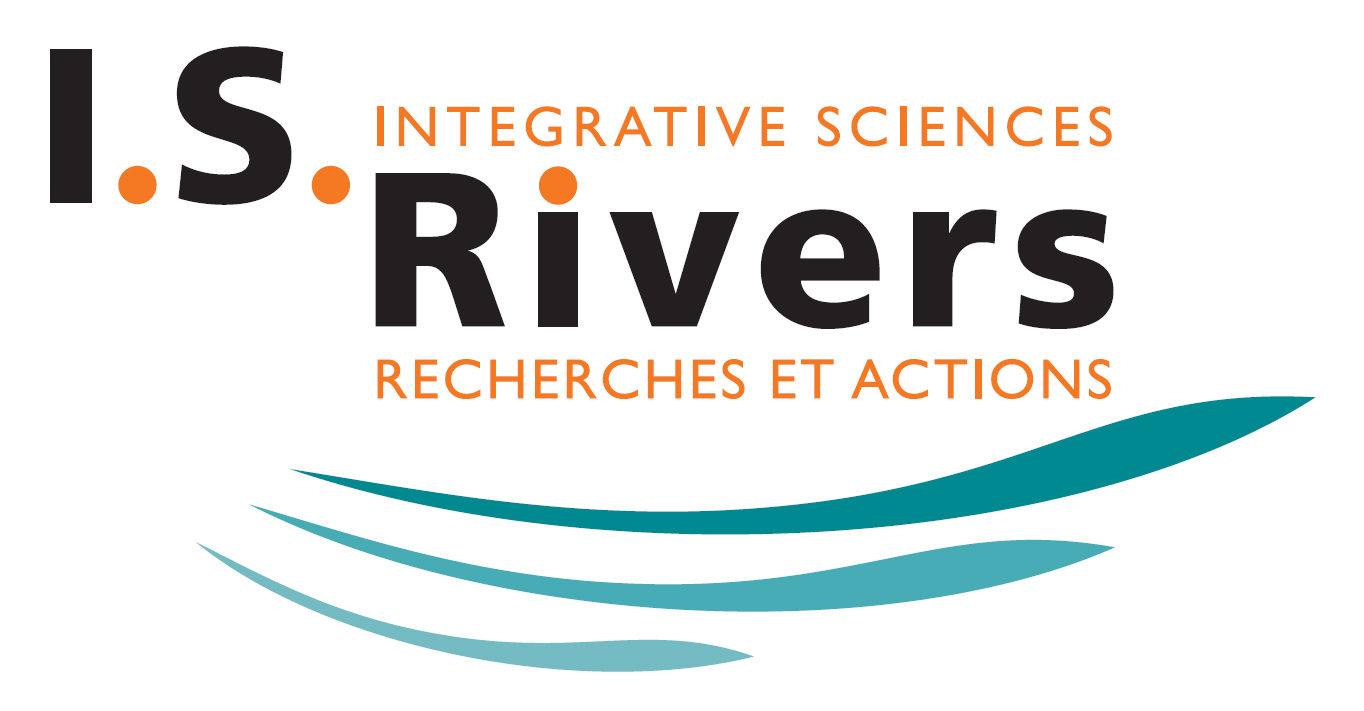Thursday 3rd of july- from 10:30 to 18:30
Session B7 : (Micro)plastics in rivers
Microplastics characterization within river streambed sediment of a river catchment with intermittent reaches
BARTHÉLÉMY Nans, MERMILLOD-BLONDIN Florian, KRAUSE Stefan, DATRY Thibault, SIMON Laurent
France
Short abstract : Microplastics (MPs) represent an important threat to rivers and have complex accumulation and transport patterns within these ecosystems. These patterns depend in part on the specific environmental characteristics of each river, among which hydrology plays a key role. However, the effects of flow intermittence on MP transport and accumulation remain understudied. In this study, we compared the characteristics of microplastics present in sedimentation areas within intermittent and perennial reaches of the Albarine river catchment (Ain). We also considered the effects of other environmental variables known to affect the concentration of MPs (land coved, sediment grain size distribution, distance to the road). The results of this study show that the abundance and average size of MPs increase with the proximity of sites to roads. This is explained by the presence of several small illegal dumps located close to several roads. No effect of flow intermittence was observed on MP abundance, but MPs tend to have a higher average size in intermittent reaches in comparison with perennial reaches. This study gives new insights regarding the effects of flow intermittence on the characteristics of MPs present in river sediments. It also suggests that local management measures for reducing and cleaning up illegal dumping located near rivers can be effective means to reduce MP contamination of rivers.
Assessment of pollution generated by macro-waste from sanitation networks, an experiment within Lyon Metropole
DARMON Gaëlle, GOUTALAND David, MOREIRA Sylvain, PORTALIER Romain, BRIAND-PONZETTO Claudie, KHAMLA Karim, LEBLANC Olivier, LACAILLE Samuel, LANDAIS Patrice
France
Short abstract : Wild macro-waste is a scourge for the environment and generates significant economic and health costs. Often transported by runoff water and sanitation networks, it affects rivers and biodiversity. Lyon Metropolis has initiated a project aimed at reducing macro-waste in its hydrographic networks. An experiment in a sanitation network using retention nets allowed for the quantification and characterization of waste, with wipes representing the majority of the waste collected. Although several factors are likely to influence the observed flows, this experiment showed that the quantities of wipes, on average 60 per hour during wastewater peaks, are highly significant. The quantities discharged are much smaller, but still significant (at least 6 wipes/day). Often made of plastic, they cause significant landscape, environmental, and safety issues. Curative solutions like retention nets are difficult to maintain for the long-term due to logistical constraints. Therefore, it is essential to implement upstream measures, such as stricter regulations on the composition of disposable products and the promotion of alternative solutions, as well as awareness-raising actions.
Plastigiessen : Global quantification of plastic debris in a peri-urban river (Steingiessen – Strasbourg)
CHARDON Valentin, WENGER Romain, KELLER Benjamin, GRIMMER Gauthier, ESCHBACH David
France
Short abstract : Over the last decade, numerous studies have been carried out to quantify plastic litter pollution in hydrosystems. The vast majority of these studies focus on one type of flow and too few take a global view (floating litter, litter in the water column and in the sedimentary matrix). This study, carried out on a peri-urban river (Steingiessen) in the Eurometropole of Strasbourg, aims to partially fill this gap through innovative multi-methods monitoring. The aim of this medium-term project is to provide optimal management solutions for plastic waste flows in the Steingiessen and to analyse the potential transferability of this study to other alluvial sites with similar problems.
Assessing the Use of AI to Quantify Plastic Pollution in Rivers : From Technological Innovation to Action in the Field.
ALLOU Sabine, LEROUX Clément, OLLION Charles
France
Short abstract : The Surfrider Foundation has explored the use of artificial intelligence to map and quantify plastic pollution in European rivers. Its aim is to empower citizens to contribute to data collection efforts by using the smartphone app Plastic Origins to film riverbanks during kayaking excursions. The AI model developed, named Surfnet, analyses these videos to detect macro-waste by combining computer vision technologies with video tracking. The use of AI enables better standardised and larger-scale data collection as compared to manual methods, which are often prone to observational errors. A training dataset of 5,000 labelled images was created with the help of volunteers, and techniques such as data augmentation were used to enhance performance. The project also highlights a frugal approach by using TinyML technologies to minimise both the financial and environmental costs of AI, particularly by reducing dependency on cloud-based operations. While the project effectively raises awareness about plastic pollution among citizens and decision-makers, challenges remain, both in the field and technologically, to make it a true diagnostic tool.
